Community Views: Describing Life With Narcolepsy in Emojis
Before diagnosis, narcolepsy was perhaps unfamiliar to you — now, at times when you might need to explain this neurological disorder to others, it can be overwhelming to share all the ways in which it impacts your life.
We recently turned to our Narcolepsy Facebook community and asked you to tell us: “If you had to describe your life with narcolepsy with just one emoji, which would you use?”
Here are the most commonly used emojis in your responses, together with some relevant pieces from our advocates on their experiences with these symptoms.
Which emoji do you identify with the most?
#1
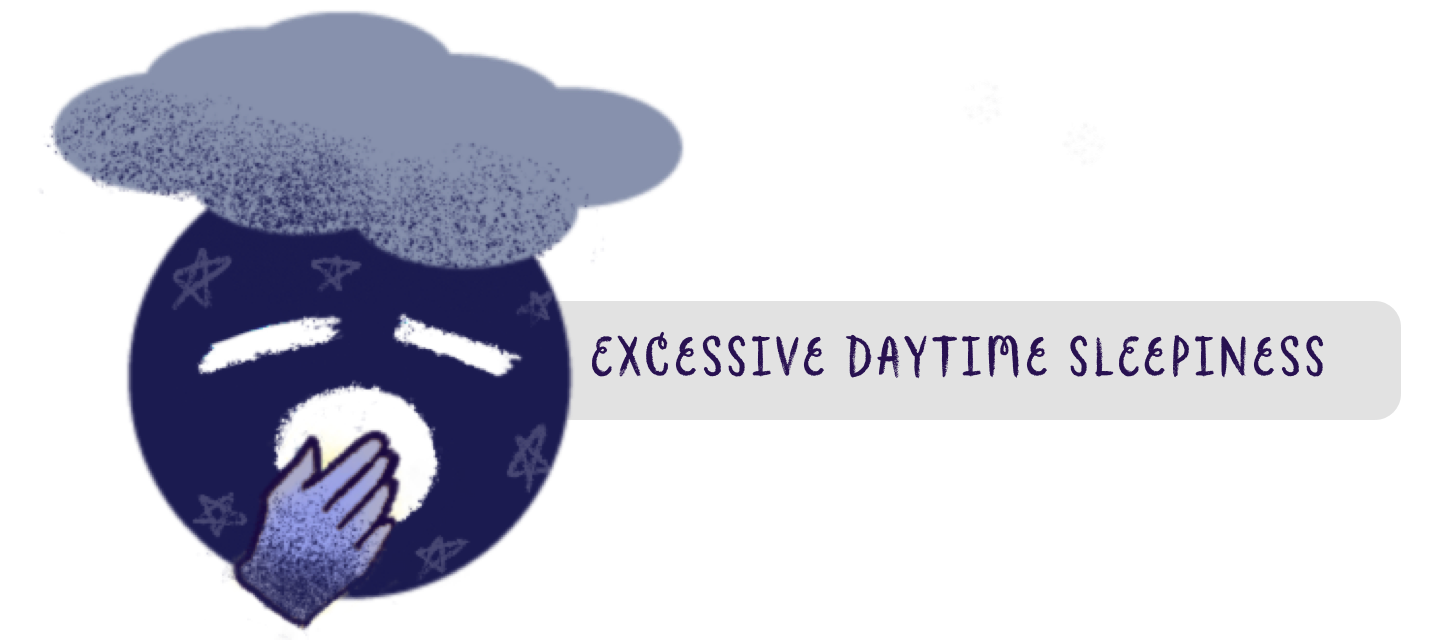
One classic symptom of narcolepsy is excessive daytime sleepiness (EDS). Feeling drowsy or sluggish is a daily occurrence. Scheduling time to nap is vital for managing EDS. Napping can help you stay alert for the next chunk of time in your day. Fragmented sleep contributes to EDS symptoms. You may be waking several times in the night without awareness. Brain chemistry that controls waking and sleeping is another factor.1,2
“Before being diagnosed, I would fall asleep anytime I was sitting for more than 10 minutes.”
“For those of us with narcolepsy, as our energy is limited, we have to ration our energy. Therefore, we may have to choose between activities to make it through the day.”“It can feel like no one in the world understands. You are trying your hardest but the sleepiness is just too much!”
#2
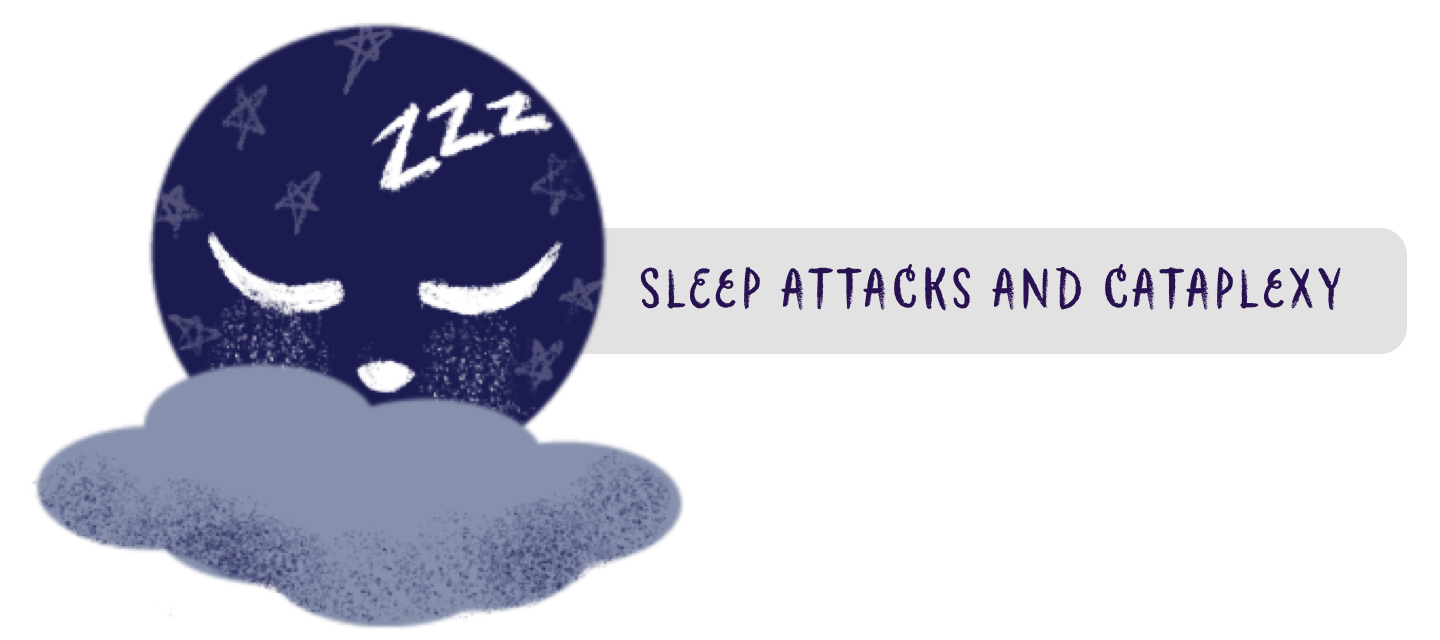
Sleep attacks are a result of EDS. You may suddenly and without warning fall asleep. It might be during a meeting, an important exam, reading a book, or while driving. Fear of falling asleep behind the wheel frightens many with narcolepsy.
Cataplexy is sudden muscle weakness brought on by strong emotion. You may lose control of your limbs and fall. The most common emotional trigger for cataplectic episodes is laughter; this can be frustrating, as you might develop anxiety around a natural action that should be joyful. Having your cataplexy triggered in public can be a major worry.1,2
“Cataplexy attacks are some of the most debilitating and physically exerting times of my life. They can be triggered by various emotions depending on the individual, such as laughter, fear, anger, frustration, and even passion."
“Before my diagnosis, I did not feel comfortable driving for longer than 45 minutes. Fortunately, I have not had any car accidents due to falling asleep at the wheel, but I have had close encounters.”
“Cataplexy was the tangible evidence of my brain’s inability to regulate my sleep and wake cycles. Over time, it stole the laughter from my life. I went for months experiencing upwards of 40 cataplexy attacks a day.”
“For me, my sleep attacks are subtle. I am unable to carry on a conversation, my limbs feel heavy, and my eyes lose focus.”
#3
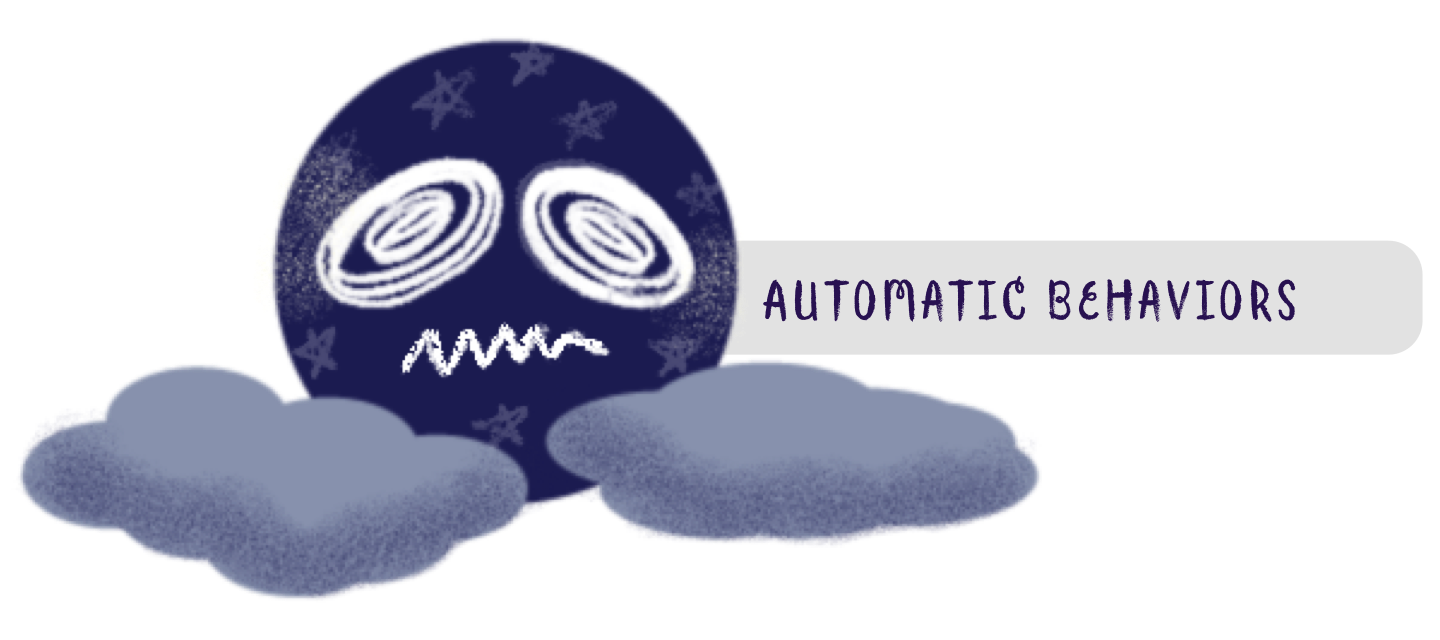
Narcolepsy can include moments of falling asleep while continuing an action. This is known as automatic behavior. You may be attempting to take notes, eat, or finish showering while not fully conscious. You wake to find yourself missing time.1,2
“I’d end up washing my hair with shower gel or washing my face with shampoo. I would then regain full consciousness mid-way through and have no idea if I have just washed my hair or not.”
“Somehow, you can remember performing these actions but never feeling that connection. The one where your brain consciously decides to transmit a command to your physical self. However, there is no other explanation. You did do this. You just have barely any memory of it.”
#4
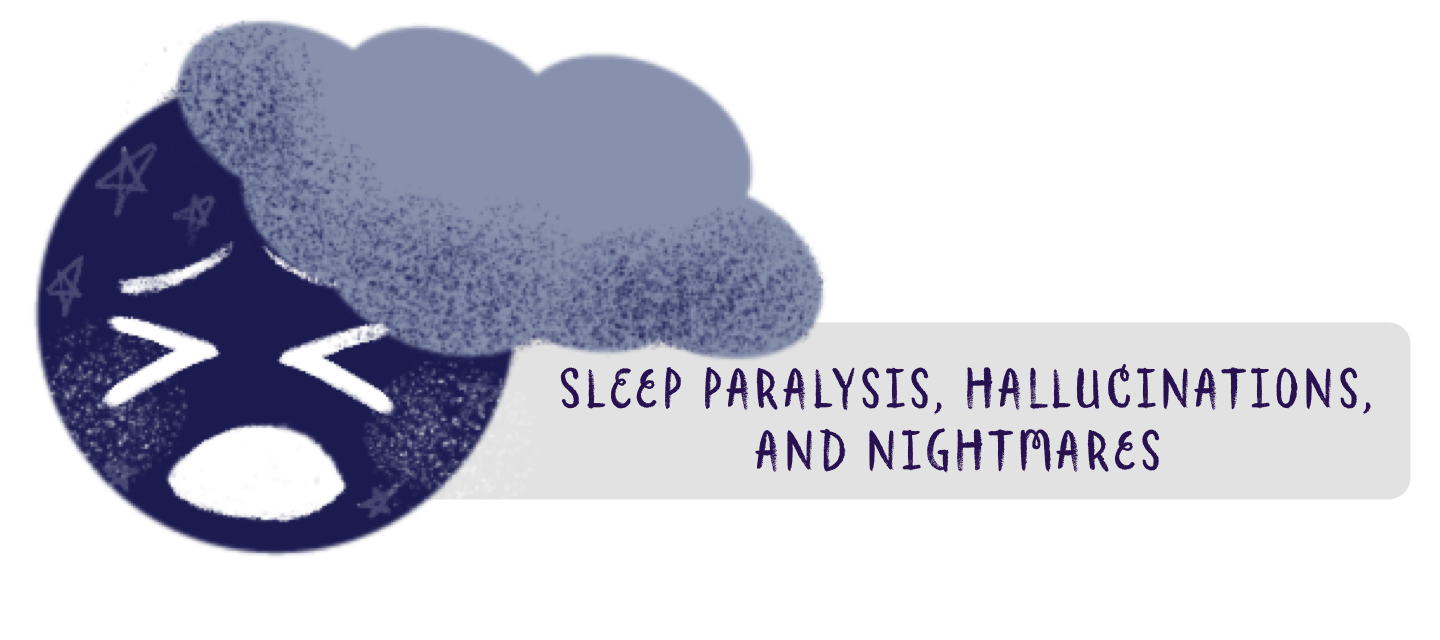
Nighttime sleep is not always restful. Narcolepsy may cause vivid, scary nightmares or hallucinations. You might wake feeling disoriented. Separating dreams or hallucinations from reality is difficult. You sometimes feel pulled back to those images throughout the day.
Sleep paralysis, while temporary, can be scary. You feel frozen inside your body, unable to move or speak. The effects do not linger once it passes. Sleep paralysis and hallucinations can occur just as the body is falling asleep or waking.1,2
“I have nightmares that are extremely scary, and often my dreams have recurring themes. What makes them so scary, though, is that they feel so real and intense.”“
Imagine laying in your bed awake, but completely unable to move, or speak, while intruders approach your bedroom. You just lay there passively waiting for it to be over while your worst nightmares come to life. This is the scary reality of hypnogogic or hypnopompic hallucinations."
“Another extremely common experience is feeling an evil, paranormal presence in the room that evokes wishes of wanting to cause you harm. I have also personally experienced this particular ordeal and can genuinely attest to its terrifying nature.”
#5
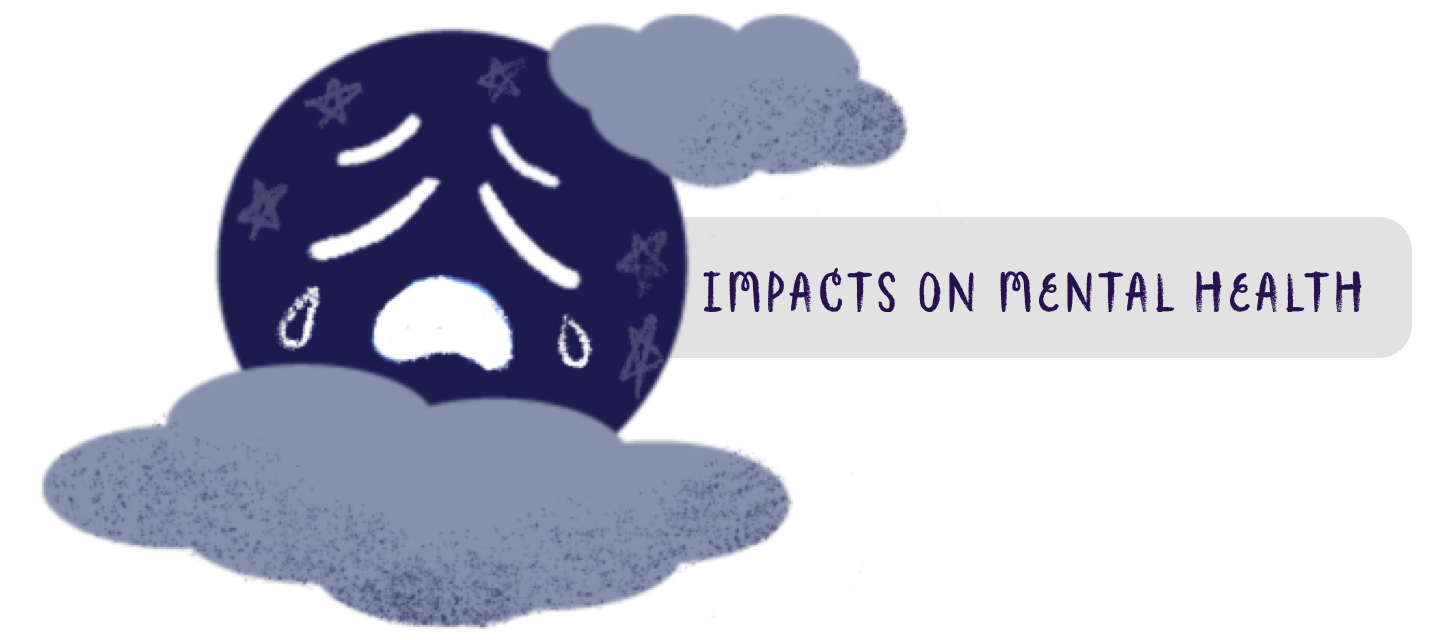
“One of the most depressing things about narcolepsy is knowing that this is forever with no way of being able to cure it. It leaves me feeling deflated and frustrated that I cannot control this, and I will live the rest of my life with it.”
“Since my narcolepsy diagnosis, I have found that my narcolepsy symptoms worsen my mental health symptoms, and vice-versa. When my depression and anxiety worsen, my excessive daytime sleepiness (EDS) increases exponentially.”
“After my diagnosis of narcolepsy and beginning my treatment, I was able to make very slow, steady progress over the years. I gradually crawled out of that dark place myself, and later got help from a psychologist who helped set my good habits and coping strategies in concrete.”
Which emoji best describes your life with narcolepsy?
Thank you for your responses and shared experiences. We are grateful to our narcolepsy community for contributing to the conversation!
Which of the most common emoji responses do you identify with the most? Is there an emoji outside of this list that helps you describe your experience better? Share with us in the comments below!
Want to see more articles like this? Browse our collection of Community Views articles and read more stories and advice from the narcolepsy community by clicking the button below!
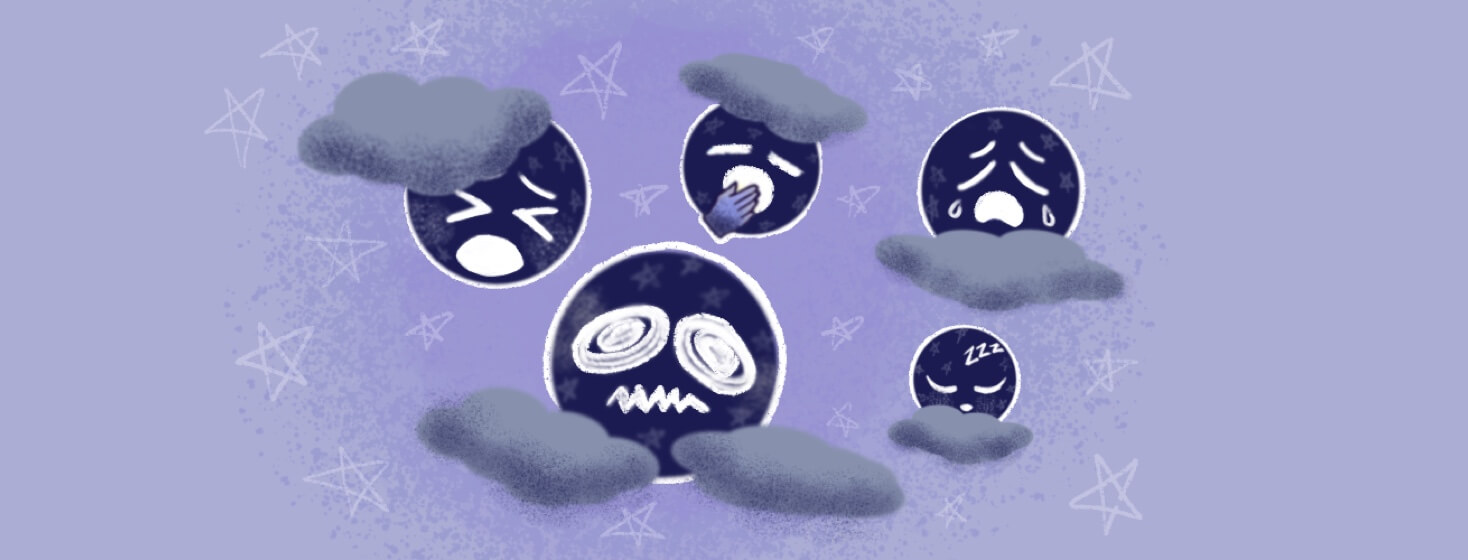
Join the conversation